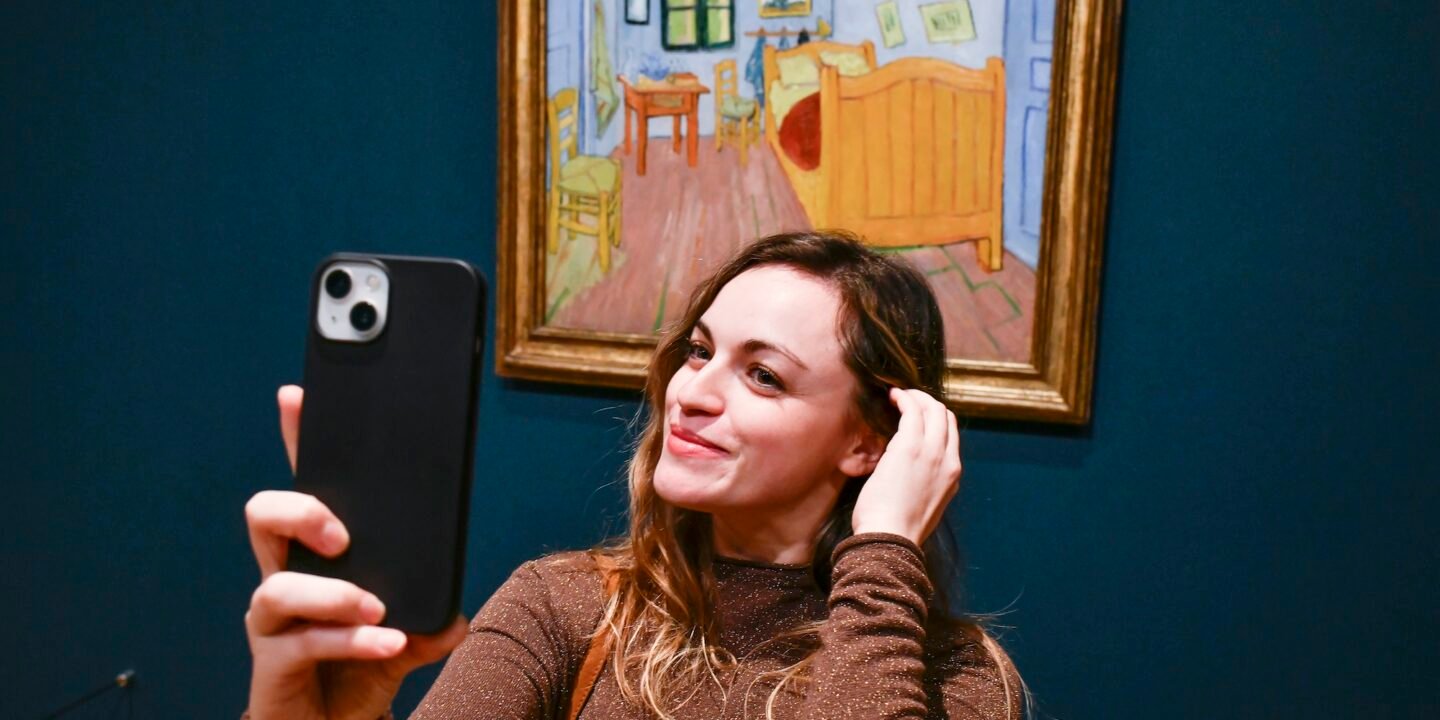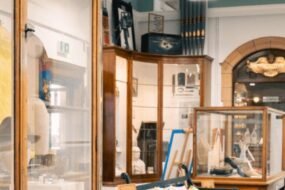The Uffizi Galleries in Florence will set “precise limits” on visitors taking selfies after an 18th-century portrait was damaged by a tourist who fell into the painting after posing for a photo in front of it.
The director of Uffizi, Simone Verde, said the number of people visiting the gallery to “make memes or take selfies for social media” had become “rampant”, and in response, the institution will introduce as-yet-unspecified restrictions to help protect its “cultural heritage”.
The renewed debate over behaviour in galleries and museums follows several high-profile incidents, including a tourist who broke a crystal-studded chair by Italian artist Nicola Bolla at the Palazzo Maffei gallery earlier this year after losing his balance while posing over the piece for a photo.
Subscribe to The Week
The Week provides readers with a wide range of perspectives from 200 trusted news sources.
Try 6 Free Issues
Sign up for The Week’s Free Newsletters
From our daily WeekDay news briefing to an award-winning Food & Drink email, get the best of The Week delivered directly to your inbox.
From our daily WeekDay news briefing to an award-winning Food & Drink email, get the best of The Week delivered directly to your inbox.
‘An inescapable part of 21st-century life’
The two recent incidents, both caught on camera, are part of a “long line of tourists behaving badly” during visits to “historic and beautiful destinations of Italy“, said Olivia Allhusen in the Daily Mail. Many of those caught “defacing and desecrating ancient relics” or causing a “public nuisance” have “faced the wrath” of the country’s authorities, who take a dim view of such misbehaviour.
Most breaches of etiquette can be blamed on the mere “stupidity” of ordinary visitors, but even if unintentional the consequences can be as “destructive as the wilful vandalism of protesters”, said Richard Morrison in The Times. And “such crass behaviour is not confined to Italy”, with museums around the world full of visitors far more intent on “taking selfies” than “looking at the masterpiece itself”.
While many view this behaviour as a “lack of appreciation, ignorance or even a touch of narcissism”, including several museums that have already “banned selfies altogether”, people taking photos in front of famous works is an “inescapable part of 21st-century life,” said Rebecca Carlsson at Museum Next. When practised responsibly, it can be a “fun and harmless way to engage with the exhibits”, and for some visitors it can even “enrich the entire museum experience”.
‘Risk of alienating their core clientele’
Some galleries and museums have tried to “ingratiate themselves with the young” by making themselves “selfie-friendly”, otherwise fearing a “crackdown would deter visitors”, said Celia Walden in The Telegraph. But that approach runs “the risk of alienating their core clientele”. A ban could instead encourage visitors to take in their “cultural heritage” as well as “respect it”.
Alternatively, it could be considered “pure snobbery” to “assume anyone is failing to appreciate art” because they are taking a selfie, said Jonathan Jones in The Guardian. Passing judgment on how others enjoy the works on display in galleries is “a dubious activity”, especially when most people take photos “responsibly and politely: taking turns, not hogging”.
The occasional “selfie disaster won’t spoil the incredible Italian art legacy” and the selfie trend will eventually fade; the history of tourism is rife with “fads, absurdities and ignorance” that have never stopped it offering a “culturally uplifting experience”.










